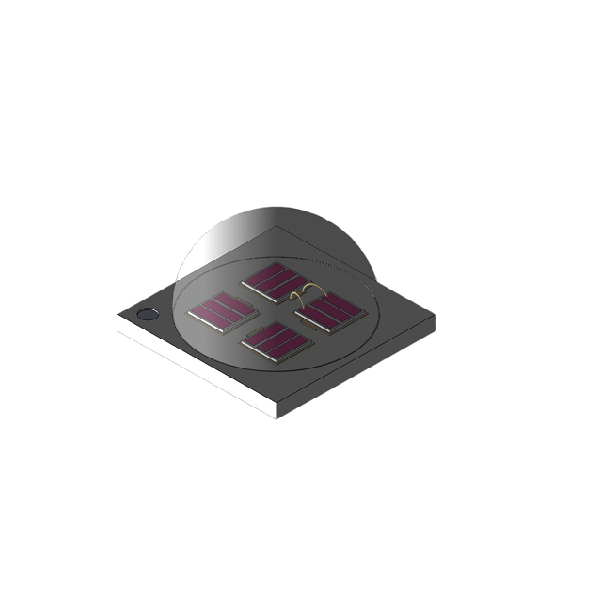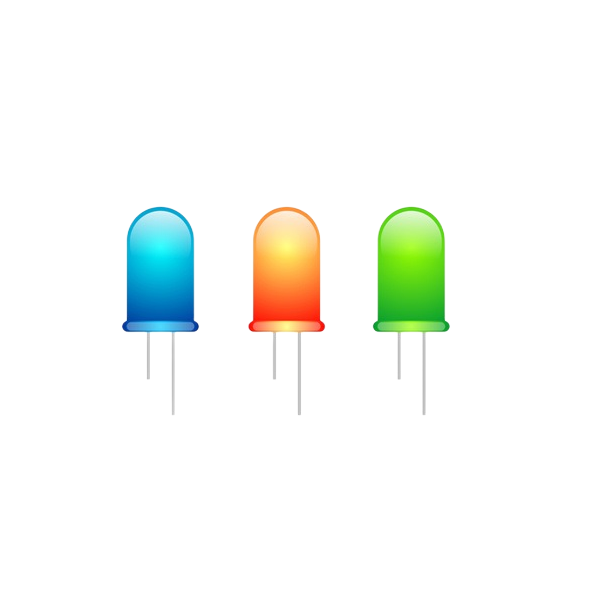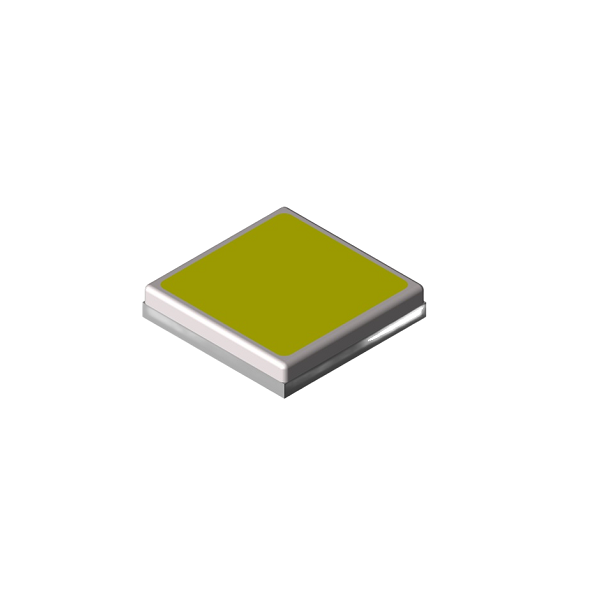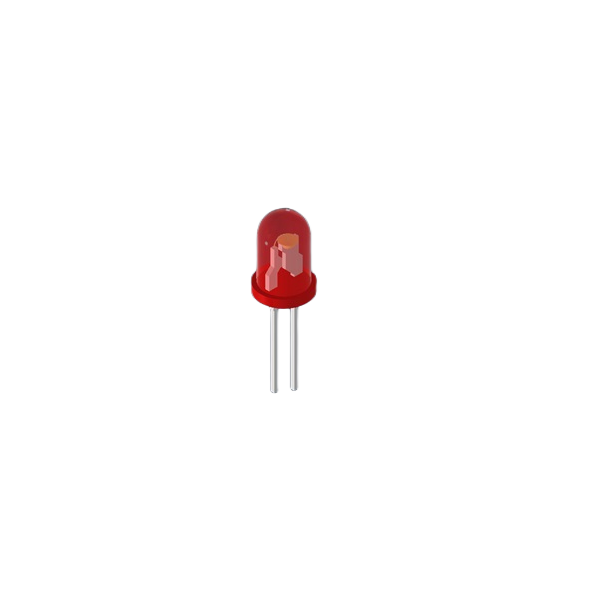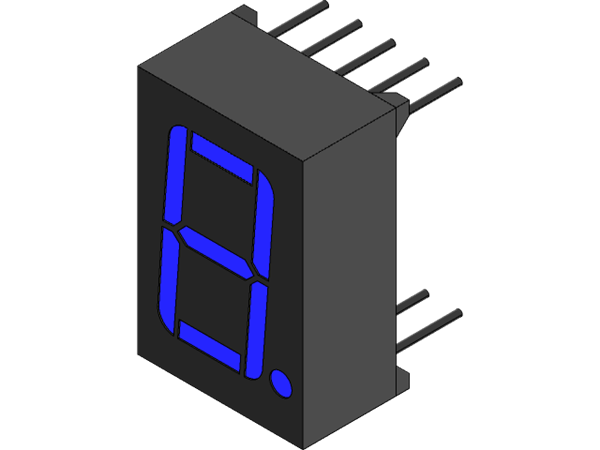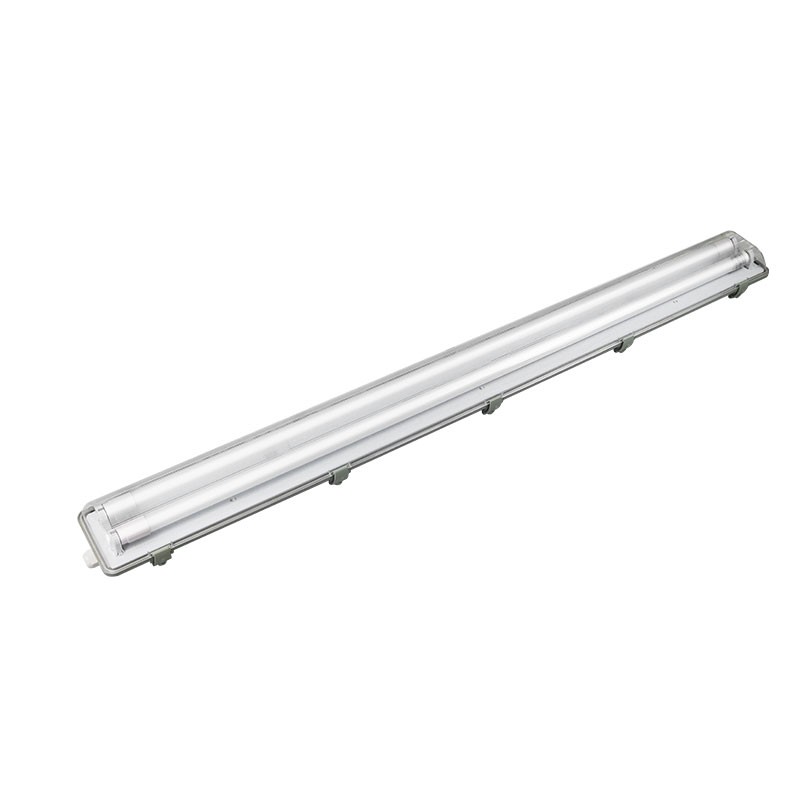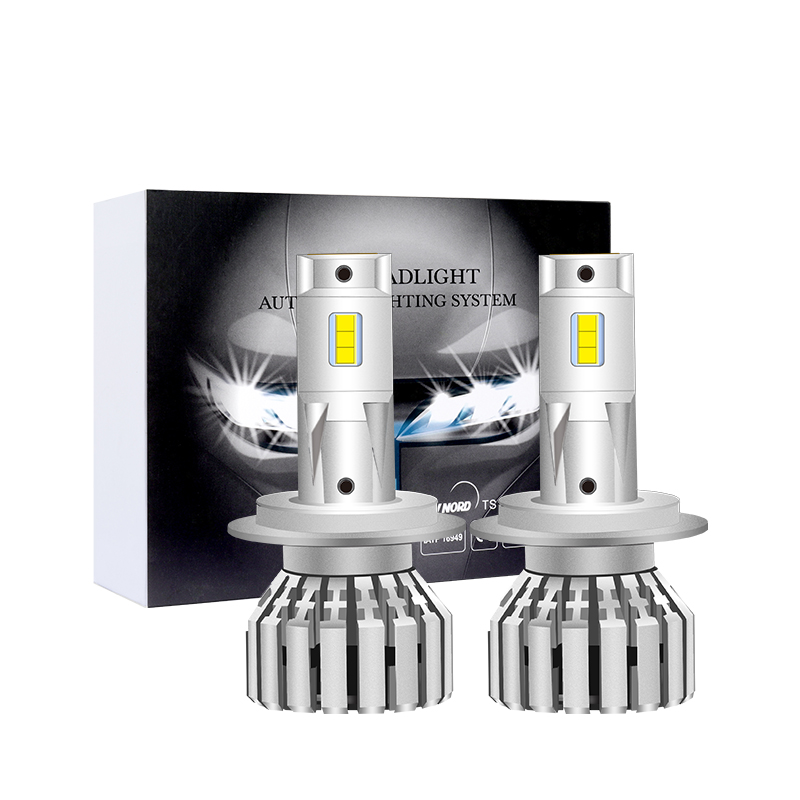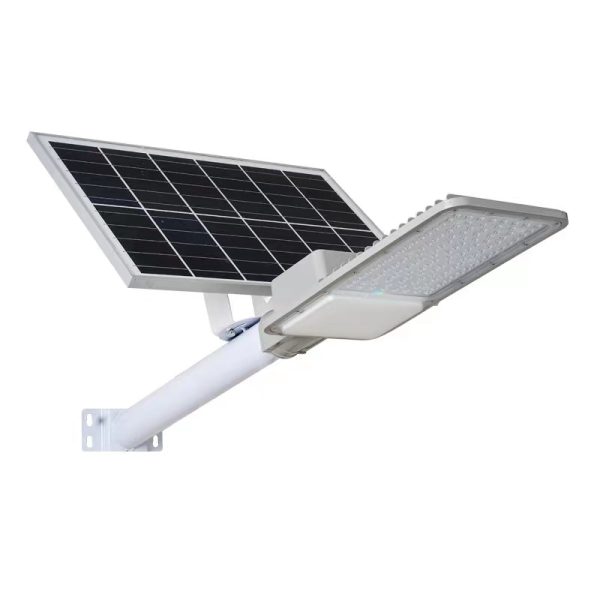PCR instrument LEDs specification classification
The specification classification of the light-emitting diode (LED) light source in the PCR instrument can be mainly considered from the following aspects:
1. Wavelength specification
The wavelength of the LED light source is one of its most core specifications, because different fluorescent probes require light of different wavelengths for excitation. In the PCR instrument, common LED light source wavelengths include but are not limited to the following:
405nm: Suitable for the excitation of certain specific fluorescent probes.
470nm: Commonly used for the excitation of blue fluorescent probes.
525nm: Suitable for the excitation of green fluorescent probes.
Typical wavelength:
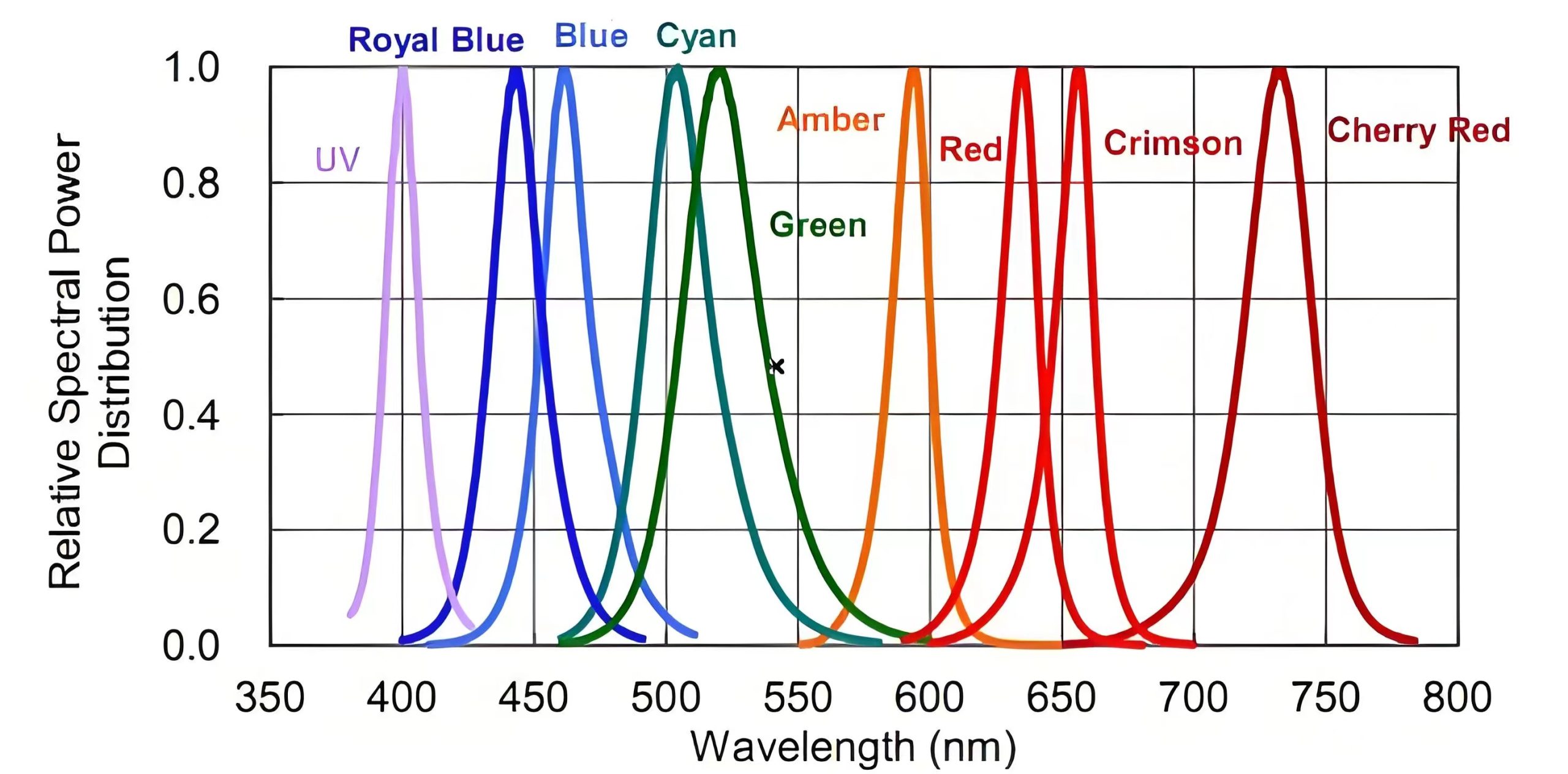
In addition, according to experimental requirements, there may be other wavelengths of LED light sources to choose from.
2. Brightness and luminous efficiency
Brightness: The brightness of the LED light source directly affects the excitation intensity of the fluorescent signal. High-brightness LEDs can provide stronger light output, thereby improving the sensitivity and accuracy of the experiment.
Luminous efficiency: Luminous efficiency refers to the ability of LEDs to convert electrical energy into light energy, usually expressed in lumens/watt (lm/W). LEDs with high luminous efficiency can use electrical energy more efficiently, reduce energy consumption and extend service life.
3. Stability and lifespan
Stability: PCR experiments require that the light source maintain stable output characteristics, including wavelength, brightness, and light intensity distribution, under long-term operation. Therefore, the LED light source in the PCR instrument needs to have good stability.
Lifespan: The lifespan of LED light sources is usually long, which can meet the needs of long-term operation of the PCR instrument. However, the lifespan of LED light sources of different brands and models may vary, and needs to be selected according to the specific product.
4. Other specifications
Packaging form: There are various packaging forms of LED light sources, including direct plug-in type, patch type, etc. In the PCR instrument, the packaging form suitable for the instrument structure and heat dissipation requirements is usually adopted.
Common specifications: 5mm medical biological light source, 3535 medical biological light source, 5050 medical biological light source, 7070 medical biological light source
Power: Although the power of LED light sources is usually low, it is still necessary to select appropriate power specifications in the PCR instrument according to the experimental requirements and instrument configuration.
5. Comprehensive classification
Combining the above factors, the LED light source in the PCR instrument can be classified according to specifications such as wavelength, brightness, luminous efficiency, stability and lifespan. At the same time, according to the specific needs of the experiment and the configuration of the instrument, you can also choose an LED light source with a specific package form and power specification.
It should be noted that due to the continuous development and updating of PCR technology, new LED light source specifications and types continue to emerge. Therefore, when choosing an LED light source in a PCR instrument, you need to pay attention to the latest technical dynamics and market trends to ensure that the selected light source can meet the experimental needs and instrument requirements.


